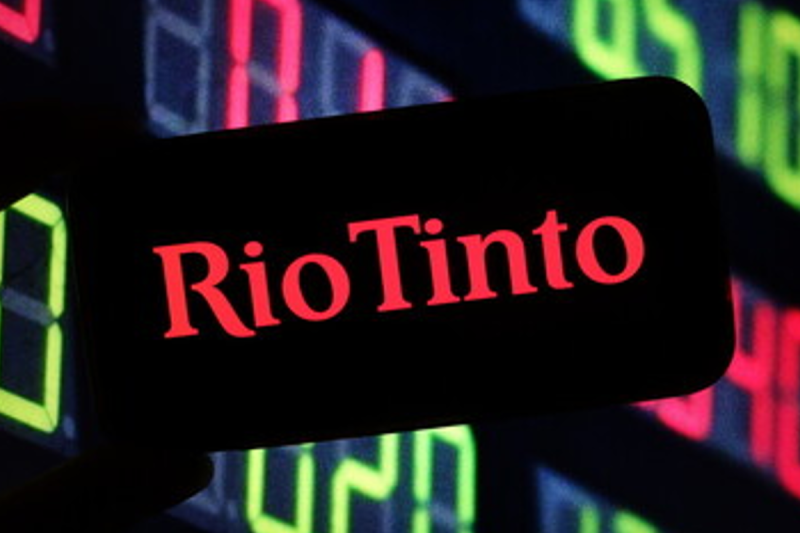In his famed 1953 ‘Atoms for Peace’ speech, President Eisenhower proclaimed that ‘the United States knows that peaceful power from atomic energy is no dream of the future.’ That dream was soon realized, as America built more than one hundred reactors over the next twenty-five years. But today, the promise of nuclear energy and innovation does indeed seem like a dream of the future.
Through a series of executive orders signed this week, President Trump is taking action to usher in an American nuclear renaissance. For the first time in many years, America has a path forward for quickly and safely testing advanced nuclear reactor designs, constructing new nuclear reactors at scale, and building a strong domestic nuclear industrial base.
Our stagnation was not for a lack of ingenuity or desire to innovate among America’s great scientists and technologists. By the end of the 1970s, dozens of nuclear reactors were planned or under construction. In the past 30 years, however, only three commercial nuclear reactors have been built, and many more have been shuttered. We know America can accomplish great feats in nuclear energy, so what happened?
In the wake of the Three Mile Island accident in 1979, public opinion began to sour on nuclear energy, and the effects of a decade of new federal bureaucracies began to set in. Overly burdensome regulations stifled our ability to even test, let alone deploy, new nuclear technologies. The Nuclear Regulatory Commission (NRC) set the gold standard for safety regulation when it was established in 1975, but it soon transformed into a lead curtain for innovation. Onerous environmental requirements and long, uncertain regulatory timelines have killed industry’s willingness to fund new technologies.
Similarly, the Department of Defense (DOD) and the Department of Energy’s (DOE) National Labs—which once led the world in the development and demonstration of advanced nuclear technologies—shuttered nuclear development programs, shifting focus to other priorities. All but three of fifty-two reactors at Idaho National Laboratory have been decommissioned, and it has been almost half a century since the Army Nuclear Power Program was shut down. These decisions eroded our domestic nuclear supply chain, undermined our national security, and left us having to relearn what we once pioneered.
President Trump wisely recognizes that the time is ripe for an American nuclear renaissance and is acting to deliver on the promise of nuclear energy for the American people. Across the country, American entrepreneurs and engineers are launching a new generation of nuclear companies featuring innovative reactor designs and scalable manufacturing techniques that can make nuclear safe, efficient, and economic. The Trump Administration will clear their path by dismantling outdated barriers that previous administrations had put up in their way.
Today, nuclear power plants provide approximately 19% of the electricity generated in the United States, more than solar and wind combined. That is reliable and affordable electricity for the American people, and it could and should be even more.
Today, nuclear power plants provide approximately 19% of the electricity generated in the United States, more than solar and wind combined. That is reliable and affordable electricity for the American people, and it could and should be even more. The Trump Administration is setting the goal of expanding American nuclear energy capacity from 100 GW today to 400 GW by 2050. This week’s executive actions will help us reach that goal in four ways.
First, we are going to fully leverage our DOE national laboratories to increase the speed with which we test new nuclear reactor designs. There is a big difference between a paper reactor and a practical reactor. The only way to bridge that gap—understanding the challenges that must be surmounted to bring reactors to the market, and building public trust in their deployment—is to test and evaluate demonstration reactors.
Second, for our national and economic security, we are going to leverage the Departments of Defense and Energy to build nuclear reactors on federally owned land. This will support critical national security needs which require reliable, high-density power sources that are invulnerable to external threats or grid failures.
Third, to lower regulatory burdens and shorten licensing timelines, we are asking the NRC to undergo broad cultural change and regulatory reform, requiring a decision on a reactor license to be issued within 18 months. This will reduce regulatory uncertainty while maintaining nuclear safety. We will also reconsider the use of radiation limits that are not science based, impossible to achieve, and do not increase the safety of the American people.
Fourth, we will be supporting our domestic nuclear industrial base across the nuclear fuel cycle. The President has called for industry to start mining and enriching uranium in America again, as well as an expansion of domestic uranium conversion capacity as well as enrichment capabilities to meet projected civilian and defense reactor needs.
When President Eisenhower spoke about nuclear potential over 70 years ago, he expressed no doubt that the world’s best scientists and engineers, if empowered to ‘test and develop their ideas,’ could turn nuclear energy into a ‘universal, efficient, and economic’ source of power. In 2025, we have only to believe in American technologists, and give them the chance to build, to turn nuclear power into energy dominance and national security for all.










